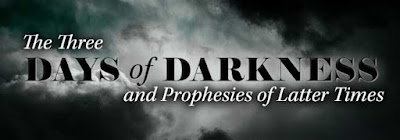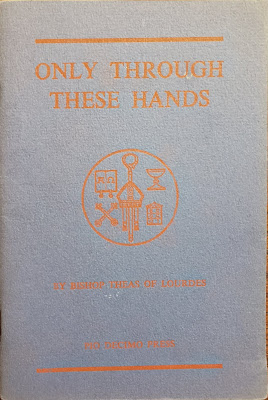With only a month before election day in the United States, it's important to understand the importance of voting and the Church's teaching on how Catholics are to exercise their right to vote in democratic countries.
Here are some of the key points worth repeating on Catholics and voting:
• Catholics are obliged to participate in politics by voting.
• Legislators are elected to serve and protect the common good, human dignity, and rights of human persons.
• Voters should have a clear understanding of the principles of Catholic moral and social teaching.
• The life issues are dominant in the hierarchy of issues for the Catholic voter.
• Abortion is the dominant political issue.
• Being pro-abortion disqualifies a candidate from a Catholic vote.
• The ban against euthanasia and assisted suicide admits of no exception.
• Science must respect the inherent dignity of the human person.
• Unused and unwanted embryos must be treated with the respect afforded to other human beings.
• Ending human life cannot be justified in the name of therapeutic (i.e., medical) benefits to other persons.
• Marriage was instituted prior to the state and should be recognized by the state as something inviolate and necessary to the common good.
• Prudential judgments about law and public policy should always seek to strengthen marriage and families.
• So-called same-sex marriages cannot be recognized by the Catholic Church, and civil unions are likely to undermine marriage and damage its foundational role in society.
• Catholic health-care organizations must be free to perform their work with clear consciences.
• Abstinence and fidelity should be the foundation of sexually transmitted disease—education and prevention.
As a result, a Catholic must vote for the best candidate that will advance the common good. A Catholic may not vote for a candidate that advocates, supports, encourages, funds, promotes, or advances abortion, embryonic stem cell research, or euthanasia.
US Presidential Race:
Where each candidate stands on the issues: https://2020election.procon.org/view.source-summary-chart.php
President Donald Trump recently gave a talk last week to Catholics in New York. Listen to the 4-minute clip: https://www.facebook.com/1000078.../videos/2733288656941997P
President Trump's pro-life record: http://www.nrlc.org/uploads/records/trumprecord.pdf
Joe Biden, a Baptized Catholic himself, has pledged to make abortion enshrined in American law, even if Roe vs. Wade is overturned. He admitted it himself on Twitter: https://twitter.com/JoeBiden/status/1313283330486476801
Joe Biden's running mate is one of the most pro-abortion candidates to ever run: https://www.texasrighttolifepac.com/kamala-harris-pro-abortion-record/
The choice is clear for the US Presidential Race. A Catholic may not vote for Joe Biden without committing a grave sin. Fr. Altman has come to a similar conclusion in his recently released video: https://www.youtube.com/watch?v=3-7eoTN2vNM
Other Races:
Since there are many national, state, and local races on-going, consult a voting guide. Since abortion is the preeminent issue for Catholics - as affirmed by the United States Conference of Catholic Bishops - referencing this guide from the National Right to Life is useful: https://www.nrlvictoryfund.org/endorsements/
Anyone for abortion being legal or funded by taxpayer dollars is disqualified from your vote.
As a final reminder, voting is a grave obligation. Do so for the good of souls. You do not have to like the personality or the person you are voting for. But to vote for someone that will advance evil against the human person or the Church is unworthy of a vote. And to vote for such a person would be mortally sinful.


















